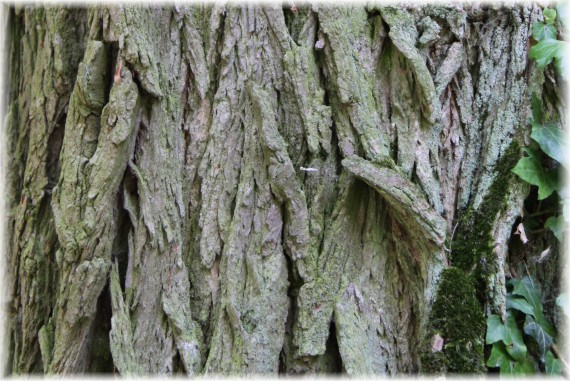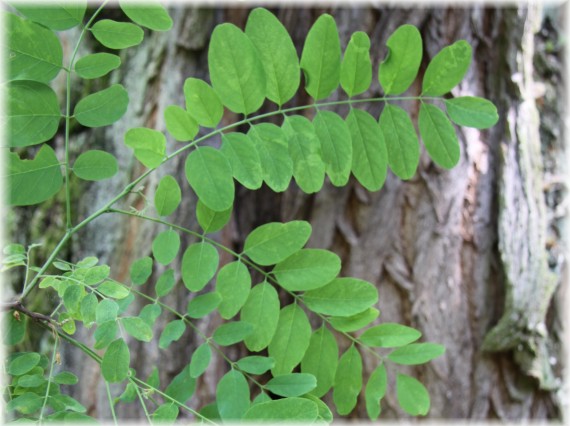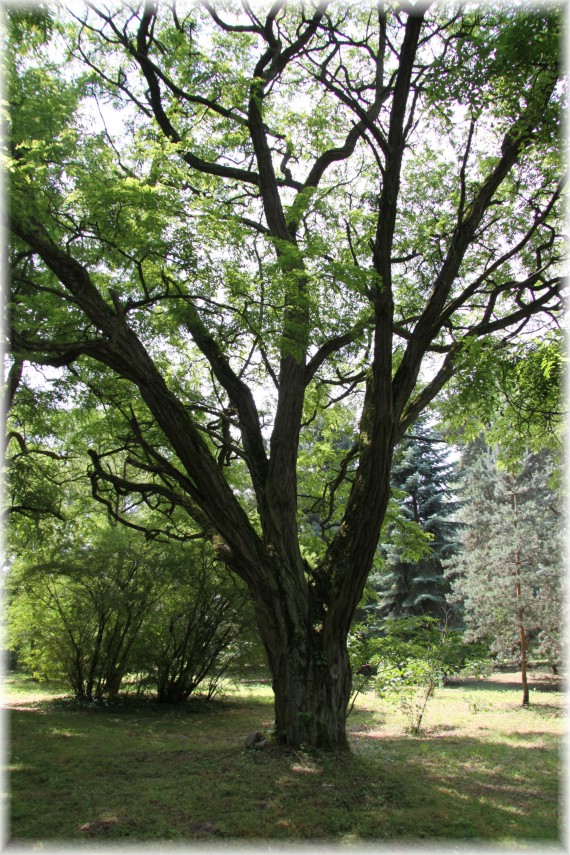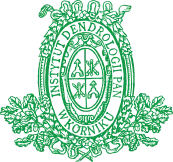| English name: |
BLACK LOCUST |
 |
| Polish name: |
ROBINIA BIAŁA |
| Latin name: |
Robinia pseudoacacia L. |
| Natural habitat: |
central and eastern regions of the United States |
| Height: |
25 m |
| Characteristics: |
Tree with a loose, openwork crown. It has broad and strong roots with many offshoots. Leaves with stipular spines consist of 7-21 elliptic leaflets. Flowers are white with a yellow spot and fragrant. They gather in clusters 10-20 cm in length, which appear between May and June. Fruits – flat pods, with many seeds remain on the tree until spring. Black Locust is an important honey plant. |
| Additional information: |
It was brought to Europe in 1601 by a French gardener Jean Robin, hence its name. Robinia is often wrongly called acacia. It is used in anti-erosion afforestation, slag heaps and pits. Its wood is brightly colored, hard, resistant to rot. |














